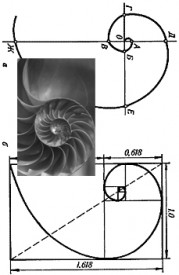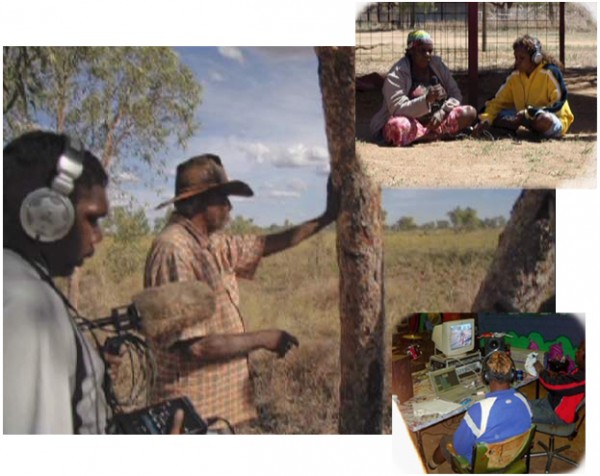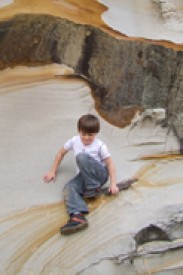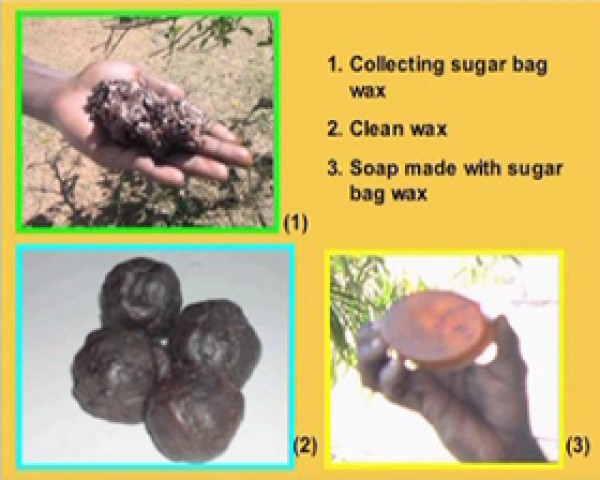Informal Learning
As the first decade of the 21st century ended, policymakers, funding agencies, and cognitive neuroscientists increased their interest in “informal learning.” The term refers not only to general arenas, such as play, that involve exploration and discovery, but also community organizations that enable learners to learn and work together on joint projects. The National Science Foundation, as well as other agencies, now recognize that much of the learning that goes beyond scripted and standard information takes place informally and primarily through observation, demonstration, trial and error, and corrective thinking. Art and science work together and not as separate disciplines in these instances. In informal learning across sites, tasks, and age groupings, learners sketch, model, and enact and dramatize their ideas in order to deepen their own thinking and to get their ideas across to others. For more on Heath’s research on these points, see the articles listed below.

In 2009, MIT scientist David Edwards coined the term "artscience" to call attention to the inextricable relationships between art and science. In doing so, he joined artists and scientists who have consistently lamented the separation of art and science into two separate disciplines or fields in the eighteenth century. Art historians such as Martin Kemp and Barbara Stafford have written extensively about "artful science" as do many contemporary designers, engineers, and medical specialists. Without sketches, diagrams, drawings, and models created through principles of art to represent scientific concepts and practices, the analytical and practical work of building bridges, carrying out laser surgery, and cornea transplants could not go foward.
The technologies necessary today for music and video production draw young people around the world into artscience. Heath's current work examines how the young begin and develop their exploration, creation, and design through both art and science. Learning very much on their own time and directed by their particular areas of interest, young women and men seek out expert guides and models, search documentation, and practice relentlessly to pursue their goals of expertise. Skateboarders, surfers, and musicians become designers, small-business developers, and community organization leaders to promote the value of their artful science for other young people.

Photos: Inge Kral, CAEPR

Driven by the lure of high-risk climbing, long-distance hiking, and foreign travel to locations that offer special physical challenges, a growing contingent of young people increasingly dedicate themselves to environmental conservation and social entrepreneurial efforts to clean up polluted waters and landscapes. As media stars around the world integrate facts, figures and human interest stories into their performances, young people see opportunities for increasing their own involvement "to make a difference" through artscience.
Indigenous ecological knowledge, the province of elders throughout past centuries, is now coming into the music, dance, and visual arts of festivals and ecotourism ventures planned locally and promoted internationally. The young lead these enterprising initiatives with their commitment not only to do their part to save the planet but also to reconnect with local resources, history, and adaptive preservation.

Photos: Inge Kral, CAEPR
Arts and science learning in community organizations:
2013. "Social entrepreneurship: Learning environments with exchange value". In O. Erstad & J. Sefton-Green, Eds. Identity, community, and learning lives in the digital age. Cambridge UK: Cambridge University Press. Pp. 146-162.
2013. (with Kral, Inge). "The world with us: Sight and sound in the “cultural flows” of interaction". Learning, Culture and Social Interaction 2.4: 227-237
2012. "Informal learning". In Encyclopedia of Diversity in Education. James Banks, ed. New York: Sage Publications.
2012. (with Jennifer Lynn Wolf). "Brain and behavior: The coherence of teenage response to YA literature". In Contemporary Adolescent Literature and Culture: The Emergent Adult. Mary Hilton and M. Nikolajeva, eds. Farnham, Surrey: Ashgate.
2012. "Seeing our Way into Learning Science in Informal Environments". In Research on Schools, Neighborhoods, and Communities: Toward Civic Responsibility. W. F. Tate, Ed.. Published for the American Educational Research Association. New York: Rowman & Littlefield Publishers. Pp. 249-267.
2011. "Language Socialization in Art and Science". In The Handbook of Language Socialization. A. Duranti, E. Ochs, & B. Schieffelin, eds. London: Blackwell Publishers. Pp. 425-442. [PDF Available]
United States:
2004. "Risks, rules, and roles: Youth perspectives on the work of learning for community development". In Joining Society: Social Interaction and Learning in Adolescence and Youth. A. N. Perret-Clermont, C. Pontecorvo, L. B. Resnick, T. Zittoun, & B. Burge. New York: Cambridge University Press. Pp. 41-70.
2001. "Three's not a crowd: Plans, roles, and focus in the arts". Educational Researcher. 30.3:1-7.
2000. "Making Learning Work". After School Matters 1.1.33-45. [PDF Available]
1999. "Imaginative Actuality: Learning in the Arts during the Nonschool Hours. In Champions of Change: The Impact of the Arts on Learning. E. Fiske, ed. Washington, DC: Arts Education Partnership. [PDF Available]
1998 (with Roach, A.) "The Arts in the Nonschool Hours". Washington, DC: President's Committee on the Arts and the Humanities. Unpublished.
England:
2005. (with Shelby Wolf). "Focusing Creative Learning: Drawing on Art for Language Development". Literacy. Pp. 38-45.
Sweden:
2001. "Working with Community". In Strategic Tools for Social Entrepreneurs. G. Dees, J. Emerson & P. Economy, eds. New York: John Wiley. Pp. 204-243. [PDF Available]
Other parts of the world:
2004. (with Ken Robinson). Making a Way: Youth Arts and Learning in International Perspective. In Putting the Arts in the Picture: Reframing Education in the 21st Century. N. Rabkin & R. Redmond. eds. Chicago: Center for Arts Policy, Columbia College. Pp. 107-126.

